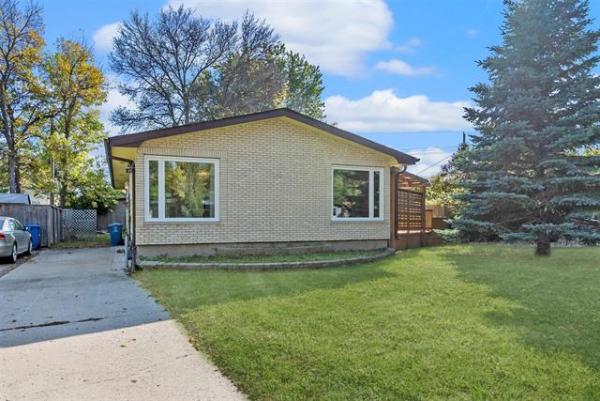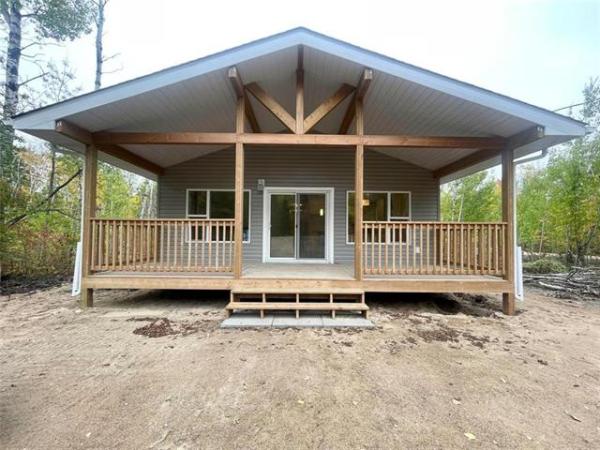Urban farmers are transforming their new surroundings -- often concrete and asphalt -- by growing food and flowers in container gardens.
Bev Worsley doesn't believe that giving up her rural property means she has to compromise on the quality of her food. "Just because I am moving into the city does not mean I want to give up on good, healthy eating," says Worsley. "I am not giving up on my lifestyle."
Her desire to keep her diet organic led her to specify the inclusion of a container garden in her new unit in the Lookout, a development in the Victoria suburb of Colwood.
She will have a number of 2.5-metre-long by 61-centimetre-wide raised beds, located just outside one of her upstairs bedrooms in her new 2,222-square-foot townhouse. Worsley plans to grow a variety of herbs and vegetables such as tomatoes, cucumbers and green onions. To extend her growing season, she plans to build a glass cover for one of her containers.
Worsley's garden is made possible by the inclusion of power and, more importantly, a water outlet on the deck.
"A water outlet on the deck is not that common," says Reuben Butterfield of Helios Landscaping. "By incorporating water and an electrical outlet into the design shows the development recognizes the importance of outdoor living."
He says with power and a supply of water, metered irrigation of the plants is possible. "Not only does it make gardening more convenient, it also opens up the ability to introduce water features and night lighting," Butterfield says.
Although retrofitting an electrical outlet to the deck of an existing condo might not be difficult, the same cannot be said of a water outlet, which usually requires extensive modification to the plumbing.
He says projects like the Lookout are responding to the trend of consumers adopting container gardening as an alternative when they downsize from properties with traditional backyard gardens.
"The flexibility of container gardening has given gardeners the ability to take their hobby with them as they move," Butterfield says.
Moving downtown meant a lot of change for Sandra Anderson. Apart from downsizing into a two-bedroom condo, she also sold her car and started a new garden -- a hobby she had always wanted to take up.
A new gardener, Anderson initially felt intimidated by the whole process. So she hired Anna Saunders, a landscape designer for GardenWorks, to plan it for her. "Now, I just enjoy the act of watering," Anderson says.
Her garden includes small shrubs in containers and smaller plants in pots light enough for her to easily move about her three-metre by 3.7-metre deck off her condo in Victoria's Fairfield neighbourhood.
Suzanne Wilson of GardenWorks says she has seen an increasing number of urban dwellers equipping their residences with micro gardens.
"We have seen the market grow 15 per cent in the last three years," says Wilson, a bedding manager for the Saanich branch of the plant and garden business. "It is all part of a general trend toward going green."
Although growing flowers is still more popular than vegetables, she says customers routinely report success growing tomatoes, cucumber, garlic and onions in containers. Cooks especially like to have a herb garden close at hand.
Container gardens are more prone to fungal diseases, but Wilson says keeping infections at bay is easier because urban gardens are smaller and problems are usually detected earlier. "In an urban garden, you are always up-close and personal with your plants."
Edible urban gardens are not new and some environmental advocates are relieved people are reconnecting with the food they eat.
"Forget pansies. Think edible landscaping," says Carolyn Herriott, a gardening expert who leads workshops and sells organic seeds online. "Not only is growing your own food better for you, but a healthy response to climate change."
Unlike supermarket vegetables that are transported hundreds of kilometres before they reach the dining room table, she says cooks can harvest organic plants steps away from the kitchen when they need them.
Herriott, who gives advice on her website The Garden Path, says Victoria's temperate climate allows gardeners to grow a wide variety of vegetables, including 50 types of winter vegetables.
She advises clients with container gardens to interpose plantings of flowers with their vegetables. "It's a great way to have beauty and eat your garden, too."
But gardeners looking to install roof-top gardens in existing buildings face a daunting number of hurdles.
"We seriously looked into it and found it would cost $36,000 to install a roof-top garden, or about $500 per unit," says Tony Stella, a resident building manager for a 72-unit downtown condominium. "Apart from the cost, the creation of a roof-top garden would require the approval of three-quarters of the residents."
Stella says the proposed cost would make it difficult to convince non-gardeners in the building to go along with an improvement that perhaps only a minority would enjoy.
Other major stumbling points included:
The cost to retain an engineer to guarantee the extra weight of dirt and containers will not exceed the carrying load of the roof structure.
A source of water for irrigation would need to be installed.
Some insurance companies might charge all the building residents a premium out of fear of an increased risk of water infiltration.
"ô The cost for maintenance of the garden.
Green-thumb condo owners who plan to install simple balcony planters are more fortunate. Condo owners are allowed to have container gardens on balconies. The only proviso is usually that plants in pots have trays to capture excess water.
--Canwest News Service



